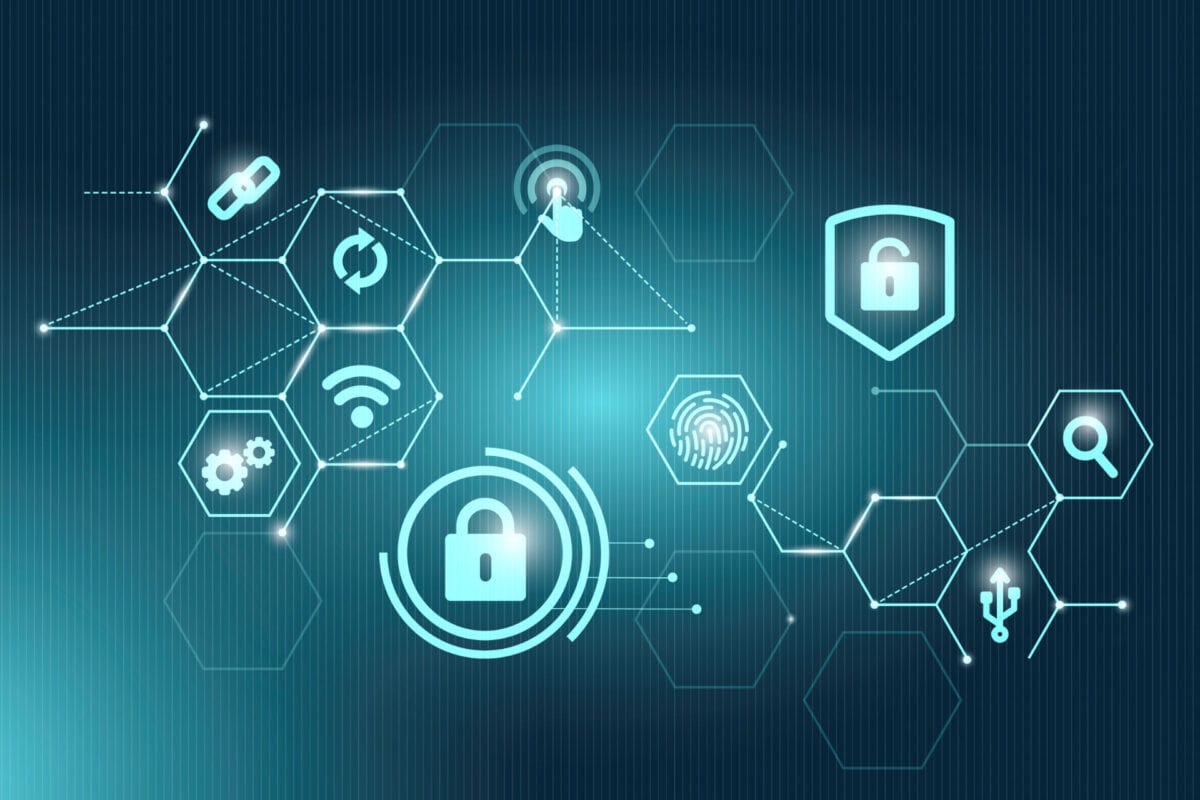The COVID-19 pandemic accelerated remote working by 44% in the United States and Europe. Now more than ever, secure and reliable access to the corporate network has become a must-have for most businesses. As companies are switching from on-premises applications to Software-as-a-Service (Saas) models, more than 80% of a company’s network traffic now directs to the cloud (an increase from 20% few years back)! This means that the traditional way of backhauling data through the company’s datacenters has become extremely inefficient. To overcome this bottleneck, the datacenter security checks need to move to the edge of the company’s cloud environment.
What is SASE?
Secure Access Service Edge or SASE (pronounced “sassy”) is a modern cybersecurity concept that Gartner coined in their August 2019 report “The Future of Network Security in the Cloud”. It defines the convergence of wide area networking and several security features. These features are usually implemented as point solutions from different vendors, which makes them difficult to integrate and manage. SASE combines these features into one cloud delivered package that can be centrally managed.
SASE to the rescue
SASE aims to solve 3 major problems in modern corporate networks. The first problem covers visibility and coverage. As our networks become more and more decentralized, enforcing centralized security policies becomes more difficult. Secondly SASE solutions try to deal with the volume and complexity of the current networking and security market. The large amount of security solutions (mostly all from different vendors) makes it difficult, if not impossible, for security teams to keep up with the increasing amount of cybersecurity threats. Finally, SASE solutions help to cut costs and conserve security resources.
Architecture
A SASE solution can be made up of many different security and networking elements, but Gartner defines these 5 as the SASE Core components:
- SD-WAN for networking and connecting users
- Secure Web Gateway (SWG) for securing the users when browsing the web
- Firewall-as-a-Service to protect underlying infrastructure
- Cloud Access Security Broker (CASB) to enforce security policies
- Zero Trust Network Access (ZTNA) to handle authentication and authorization
There are many other factors that can be used when comparing SASE vendors, such as the licensing model and the amount and location of Points-of-Presences (PoP’s). However, this would take us too far, so we maintain focus on the five core elements.
Benefits and challenges
Adopting a SASE solution can offer a lot of benefits for a company. The most notable one is reducing the cost of operations by making every system less complex and centrally managed. It also ensures better network performance, reliability, and scalability.
It is not all sunshine and rainbows, however. While SASE offers some impressive business benefits, it also poses some challenges. For example, a challenge a company might face when adopting SASE is the transition from siloed network- and security teams to one big integrated team.
Are you ready to take the step?
Are you convinced that SASE is the solution for your organization? Not sure on how to secure your move to the Cloud? SpotIT can help you transition easily and securely! Contact us for more information!



